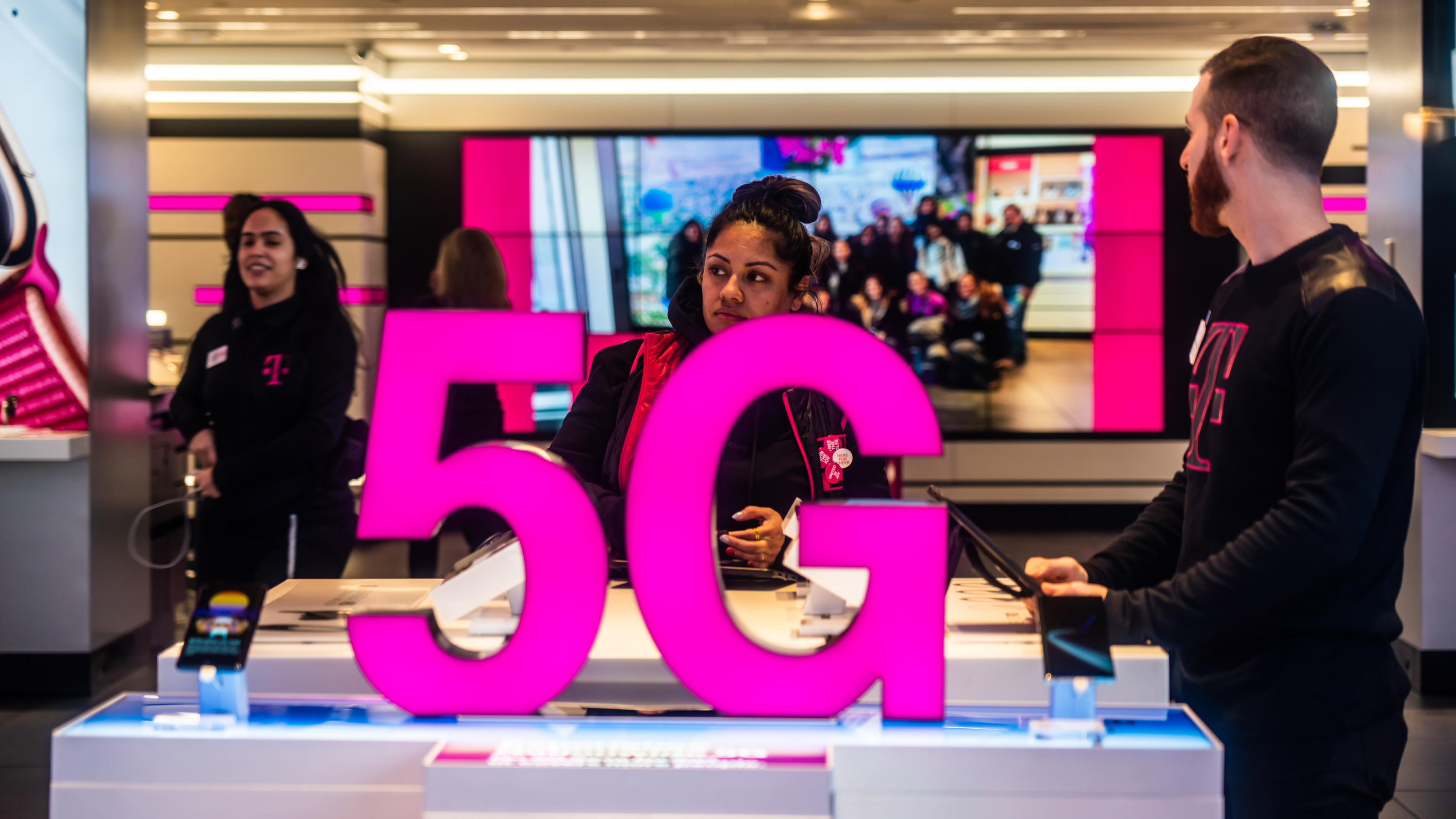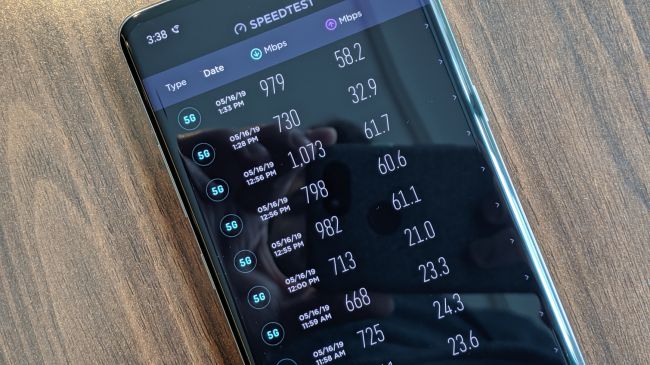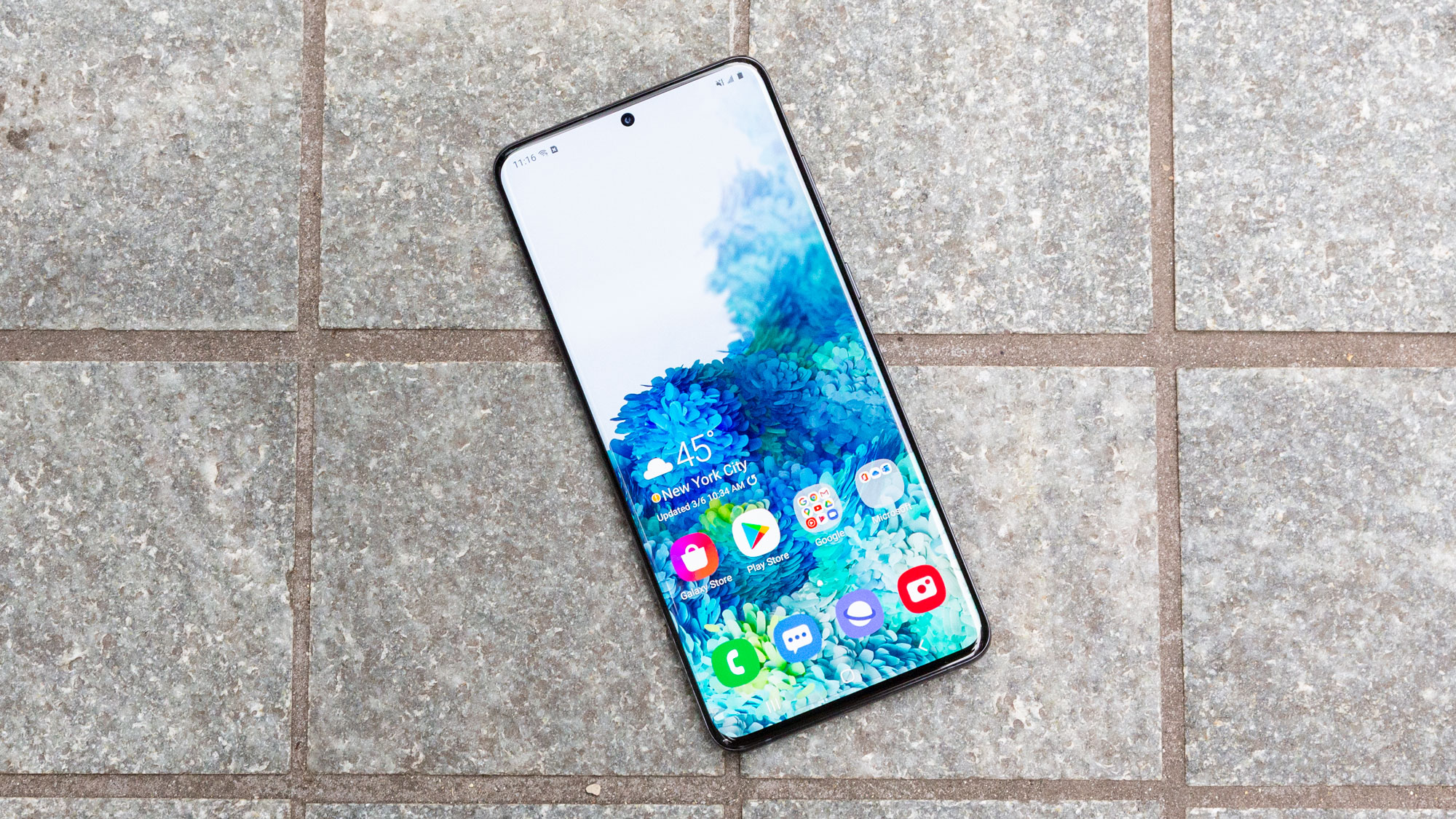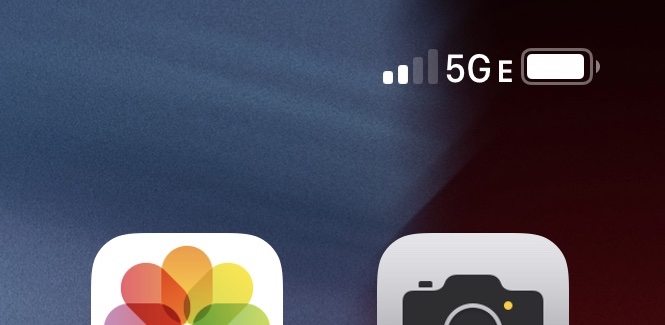5G won't matter until carriers and phone makers address these issues
These 5G annoyances show us the peril of progress

History is rife with examples of new technologies that stumbled out of the gate, and 5G is unfortunately among them. While it’s not unusual for perceived innovations to come up short at launch, wireless carriers spent so much effort hyping 5G networks, without producing any tangible benefit to customers to date, that it’s almost become a joke at this point.
One day, gigabit-class downloads and minimal latency will be the norm for cellular networks all over the world. However, that day is not today, and until we get there, we’re left to contend with 5G in the disjointed state it’s in now, where the experience of actually using the faster networking standard never quite matches up to the hyperbole.
- The best 5G phones available now
- The best unlocked phones at every price
- Plus: The iPhone 12 design we really want just appeared
Here at Tom’s Guide, we’ve been testing 5G networks from all the major carriers since their inception more than a year ago. Thus, we’ve had a lot of time to mull over our most frustrating pet peeves; here are the 5G annoyances that rise to the top, and that will need to be addressed if the technology is ever to take off.
5G is either slow, or doesn’t reach that far
Part of the big problem with 5G is that it’s billed as one technology even though it actually isn’t at this point. Generally speaking, there are two forms of 5G: sub-6GHz 5G and millimeter-wave 5G (mmWave) — though you could split that pie further if you like.
Sub-6GHz 5G operates much the same way conventional LTE networks do. Coverage is comparable to LTE, while speeds should be a bit faster ideally. Unfortunately though, the current performance of these 5G networks is so similar to LTE that it’s not unusual to experience slower speeds on a sub-6GHz 5G connection compared to what you’d get on the same carrier’s latest-and-greatest LTE Advanced network. In fact, a March survey of 5G performance across the U.S. conducted by RootMetrics found that the maximum LTE speeds recorded in Los Angeles actually surpassed those of sub-6GHz 5G networks, and by a considerable margin.
So what about mmWave 5G? When you see an ad from Verizon advertising 1Gbps-plus downloads, what the carrier is talking about is mmWave. This infrastructure offers unprecedented speed, and that’s not an exaggeration. We recorded 1.85Gbps using a Samsung Galaxy Note 10 5G when Big Red flipped on its mmWave service in Los Angeles last December. That allowed us to download PUBG Mobile from the Google Play Store — a 1.64GB game — in just 38 seconds. Over a good LTE connection, you’d still probably wait at least 10 minutes to pull down a file that bulky.

The problem with mmWave, however, is that it only works over short distances, which is why you’re unlikely to encounter it outside of cities or indoor spaces with lots of foot traffic, like airports or sporting venues. You also need an uninterrupted line of sight between your device and the mmWave node you’re connecting to; if that link is obstructed in any way, you’re either losing your mmWave connection entirely, or at least going to see speeds fall dramatically. And latching onto a mmWave signal outdoors from inside a building or even through a window is simply out of the question.
Now, one potential answer to this could be mid-band 5G, which actually falls under the sub-6GHz label, yet is only really employed by Sprint (and slowly coming to T-Mobile). Sprint’s 2.5GHz deployment of 5G strikes a decent balance between speed and range. When we tested it in Chicago last year, we found it to be noticeably faster than the Now Network’s LTE infrastructure, at a slight but not profound cost to coverage. For what it’s worth, we could even connect indoors, which is more than can be said for mmWave 5G.
5G-ready phones come with big drawbacks
If you’ve got a long memory, you might recall the first wave of 4G LTE phones about a decade ago. Those devices were capable of some astonishing data speeds for their time, but had all the endurance of a thoroughbred at the Kentucky Derby.
Fortunately, over time LTE modems became more power-efficient, and smartphone battery sizes grew to keep them running longer. The first and second wave of 5G devices aren’t quite as hopeless as those early LTE ones, though they have kinks that need to be worked out.

First, there’s the issue of phone size and battery life. Millimeter-wave radios take up additional space and consume a lot of power. Not only do phones that incorporate them need to be bigger to fit the connectivity gear itself, but the batteries typically have to increase in kind. That’s why Samsung wasn’t able to shoehorn mmWave tech into the “small” 6.4-inch Galaxy S20 (though it’s supposedly figured out a solution for the Verizon variant that’s now available).
In other words, if you prefer the best small phones, you’re not going to like making the jump to 5G, at least for a little while. It’s rumored that the entry-level iPhone 12 that Apple is expected to launch in the fall with a 5.4-inch display will lack mmWave support, likely due to space constraints and also to keep prices low.
Second, 5G phones remain somewhat expensive. They’re coming down in price from where they began, of course, and this summer we’ll begin to see unlocked 5G handsets with the ability to connect to sub-6GHz networks for $500, like the upcoming TCL 10 5G and Samsung Galaxy A51 5G. But if you want a premium 5G phone with support for both sub-6GHz and mmWave 5G, you’re going to be paying somewhere in the neighborhood of $900 or $1,000 for the foreseeable future.
Carriers’ mixed messaging is poisoning the well
5G is confusing, and we all know it. However, it’d be a lot less confusing if carriers would save their needless branding and be honest about what they’re offering, how, and to whom.
The most egregious example of this is, of course, AT&T, whose 5GE “service” made just about everyone scratch their heads when it began rolling out in late 2018. 5GE, which stands for 5G Evolution, is actually no different from AT&T’s existing LTE Advanced network. However, because sub-6GHz 5G is built upon the underpinnings of LTE, and uses technologies like 256 QAM and 4x4 MIMO, the carrier evidently felt justified in branding its most sophisticated LTE smartphones as 5GE-enabled devices instead.

On a semantic level, the name 5G Evolution is irritating. Not only does it suggest that the network is 5G even though it isn’t, but oftentimes in technology, an evolution connotes a development or an improvement upon an existing product — and yet 5GE doesn’t even qualify as basic 5G. AT&T is finally relenting on advertising 5GE, thanks to a National Advertising Division ruling, but the company is unfortunately still committed to leaving the 5GE indicator on devices where it’s already present.
But AT&T’s not the only one at fault here. Verizon is insistent upon calling its 5G deployment “Ultra Wideband 5G” which, in the carrier’s defense, does qualify as a technical term for mmWave. But AT&T calls that same technology “5G+” while T-Mobile has no unique branding for its own mmWave 5G. At a certain point, you just wish all three carriers would come together on some sort of consistent nomenclature, because it only serves to hurt them all if customers can’t understand the nature of their networks.
The “revolution” is ages away
You could make a lethal drinking game out of taking sips every time a carrier mentions 5G in relation to changing the world or revolutionizing connectivity in its marketing materials.
Sure, the theoretical speed and latency improvements 5G will bring should enable use cases that were never thought possible before. Self-driving vehicles that communicate with each other instantaneously, as well as with traffic lights and systems, was a distant dream before 5G gained steam, but today there’s a path forward. From smart cities, to healthcare, to manufacturing, the theme is that the exponentially broader bandwidth and instantaneous response that 5G offers has the potential to reshape every aspect of our lives.
Until carriers make good on their promises, 5G will continue to look like a failure to the public.
But of course, that won’t happen tomorrow; it might not even happen in the next decade, or longer. And until those other annoyances of existing 5G are chipped away, one by one, the 5G “revolution” will remain a vague promise of a utopia with no ETA.
What’s more, this is a promise that carriers and telecoms are continually repackaging and shipping just to sell their partners and the public on 5G today. The proliferation of 5G was always going to be a long game — there’s no solving that. But the hype does create an expectation among the masses that 5G was supposed to change everything, and for every day that passes until it does, it’ll continue to be an abject failure.
And that pessimism has dangerous repercussions, like fostering toxic ideas that 5G is a highly-experimental, otherworldly technology that can give you terminal illnesses — or, worse yet, was actually designed by governments to control populations. Of course, all new technology is scary (and a new technology in the age of a global pandemic, doubly so!) But if the industry doesn’t temper expectations, disappointment or, in extreme cases, fear surrounding 5G will only continue to spread well before the networks do.
5G outlook
The good news is that our disappointment with the performance of 5G networks and the devices that connect to them will eventually subside with time. Infrastructure will expand, networks will become more reliable and faster, and the relevant components in smartphones will slide in price to the point when you’ll be able to pick up a budget 5G device. Both those realities might be a few years off, but eventually, they’ll come to pass.
The real challenge lies with those more philosophical issues that inhibit 5G. Some of it we’ll undoubtedly figure out as we go along — but the time to educate and demystify 5G is now, not later.
Sign up to get the BEST of Tom's Guide direct to your inbox.
Get instant access to breaking news, the hottest reviews, great deals and helpful tips.
Adam Ismail is a staff writer at Jalopnik and previously worked on Tom's Guide covering smartphones, car tech and gaming. His love for all things mobile began with the original Motorola Droid; since then he’s owned a variety of Android and iOS-powered handsets, refusing to stay loyal to one platform. His work has also appeared on Digital Trends and GTPlanet. When he’s not fiddling with the latest devices, he’s at an indie pop show, recording a podcast or playing Sega Dreamcast.
